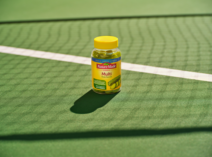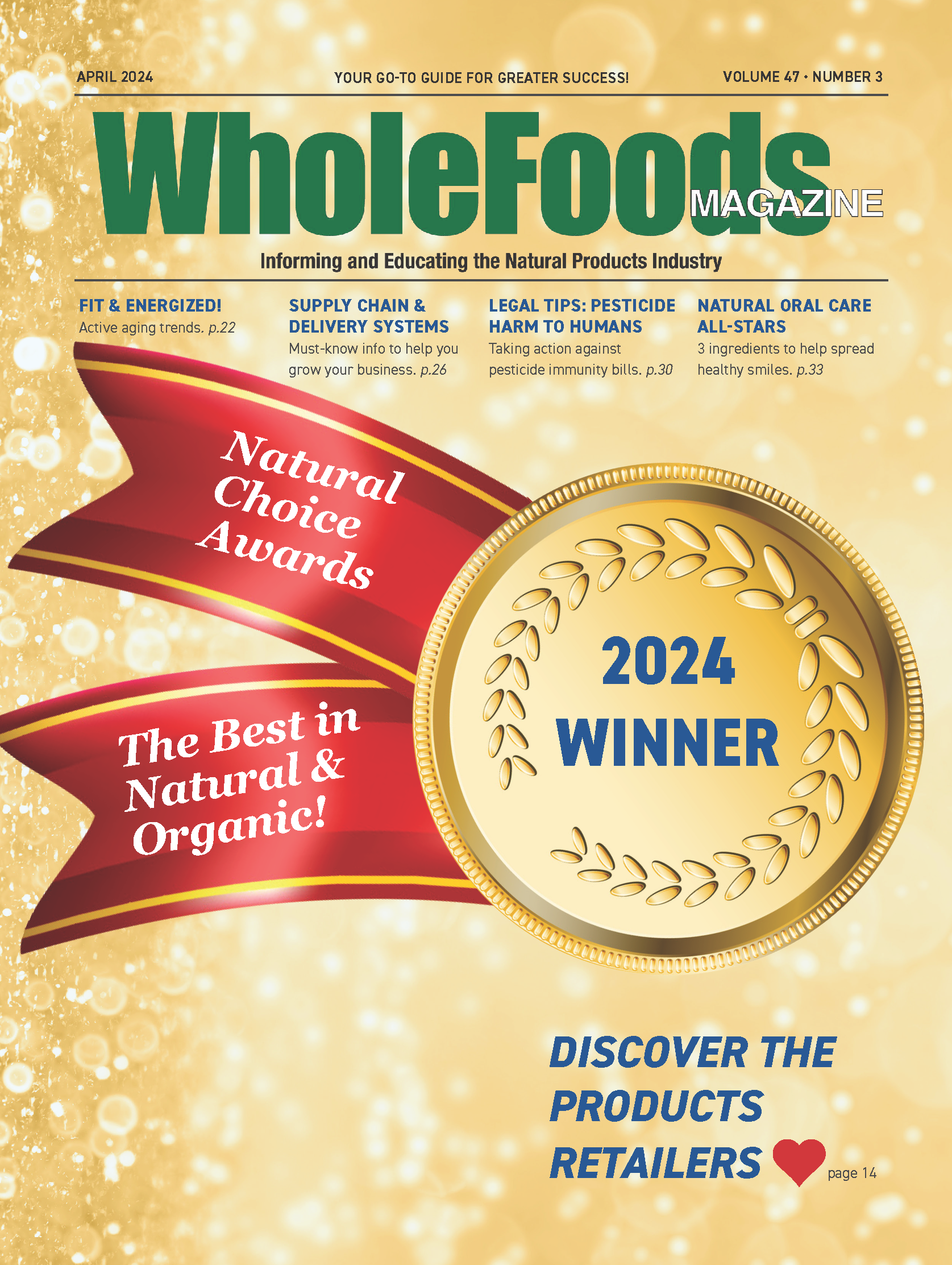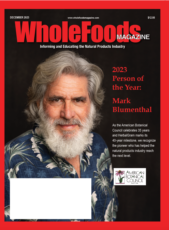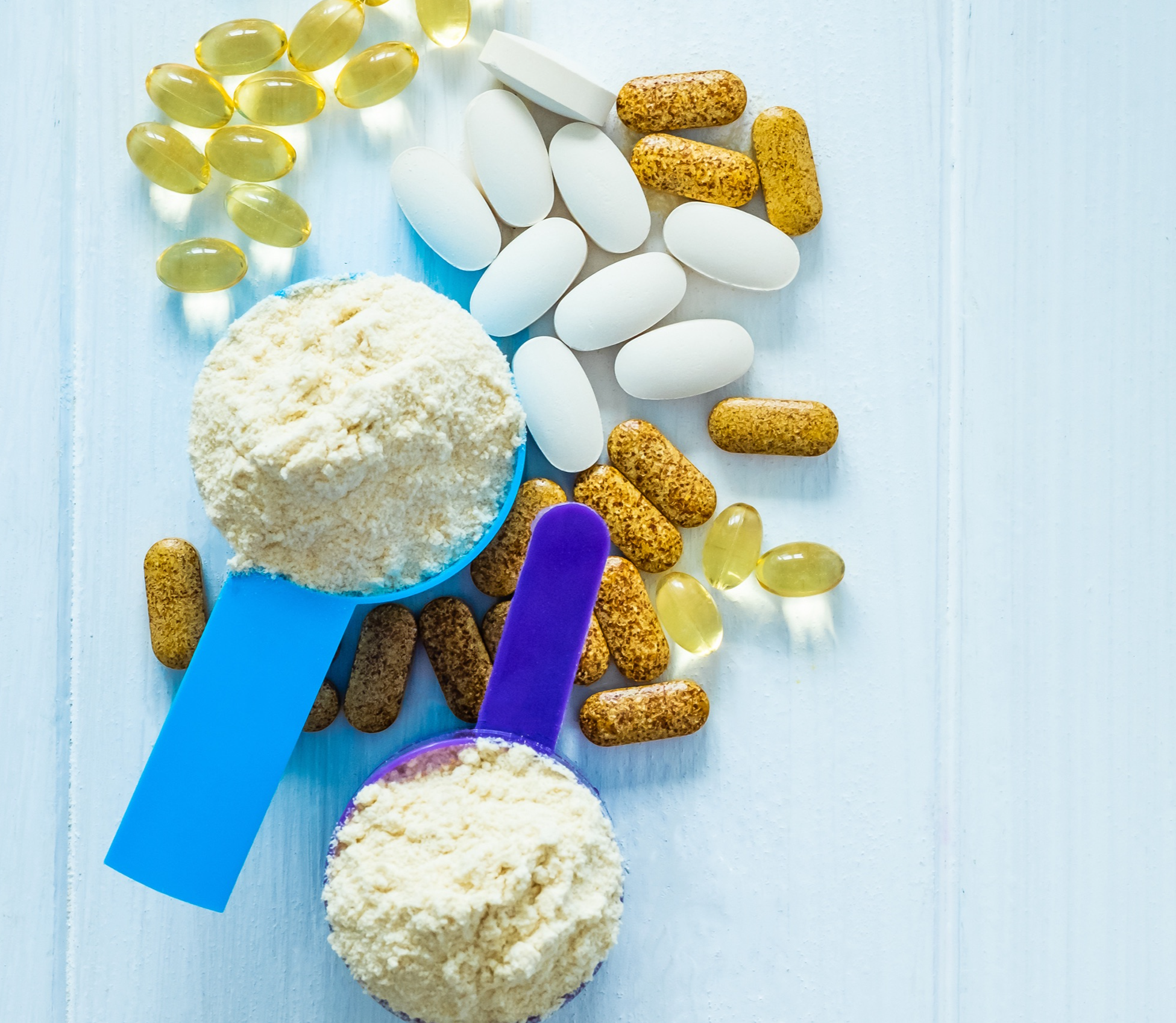
Quicklinks
WholeFoods Magazine
Product Placement Starts with PR

A blockbuster movie scene opens and the A-list star is noshing on your snack brand, swallowing your vitamins, guzzling your juice or grooming with your cosmetics. It can happen, usually by design.
Product placement in movies, TV shows, YouTube and video games has become so obvious, people can play “drinking games” when it’s spotted.
It’s a part of the trend toward “native advertising"—integrated content that is growing in popularity over traditional commercial breaks. We are willing to pay to be uninterrupted, so advertisers need to find a new way into our consciousness and this is it. It’s been dubbed advertising for the “skip gen.”
Viewers won’t be tricked. If paid product placement is too blunt, it is called out and there is backlash. Editorial teams remain responsible for making sure paid and unpaid positioning fit into the story line.
That’s where brands can get their edge. If a product is ubiquitous with a certain lifestyle choice; it forces producers to incorporate it into the script. This is the very essence of modern marketing.
Media exposure: Be the brand that people are talking about by getting editorial coverage in magazines, newspapers, sites, blogs and news shows.
Influencer seeding: Which celebrity epitomizes the lifestyle of your brand? Chances are they will want to try it if it appeals to their hearts and minds.
Social impact: If the right instagrammers and YouTubers are spotted online with the brand, it’s more likely to be featured depicting the lifestyle of their audience.
To get your product placed on a screen, it needs to represent something, and that starts with earned awareness in a like-minded community. Start getting people talking about your brand to get results.
Product placement in movies, TV shows, YouTube and video games has become so obvious, people can play “drinking games” when it’s spotted.
It’s a part of the trend toward “native advertising"—integrated content that is growing in popularity over traditional commercial breaks. We are willing to pay to be uninterrupted, so advertisers need to find a new way into our consciousness and this is it. It’s been dubbed advertising for the “skip gen.”
Related: Influence with Impact
Not all product placement is paid. Sets need product, and product companies are more than happy to provide the goods in exchange for airtime.Viewers won’t be tricked. If paid product placement is too blunt, it is called out and there is backlash. Editorial teams remain responsible for making sure paid and unpaid positioning fit into the story line.
That’s where brands can get their edge. If a product is ubiquitous with a certain lifestyle choice; it forces producers to incorporate it into the script. This is the very essence of modern marketing.
Related: PR Keeps the Personal Touch in Your Digital Marketing Campaign
Here is how you can get seen:Media exposure: Be the brand that people are talking about by getting editorial coverage in magazines, newspapers, sites, blogs and news shows.
Influencer seeding: Which celebrity epitomizes the lifestyle of your brand? Chances are they will want to try it if it appeals to their hearts and minds.
Social impact: If the right instagrammers and YouTubers are spotted online with the brand, it’s more likely to be featured depicting the lifestyle of their audience.
To get your product placed on a screen, it needs to represent something, and that starts with earned awareness in a like-minded community. Start getting people talking about your brand to get results.








